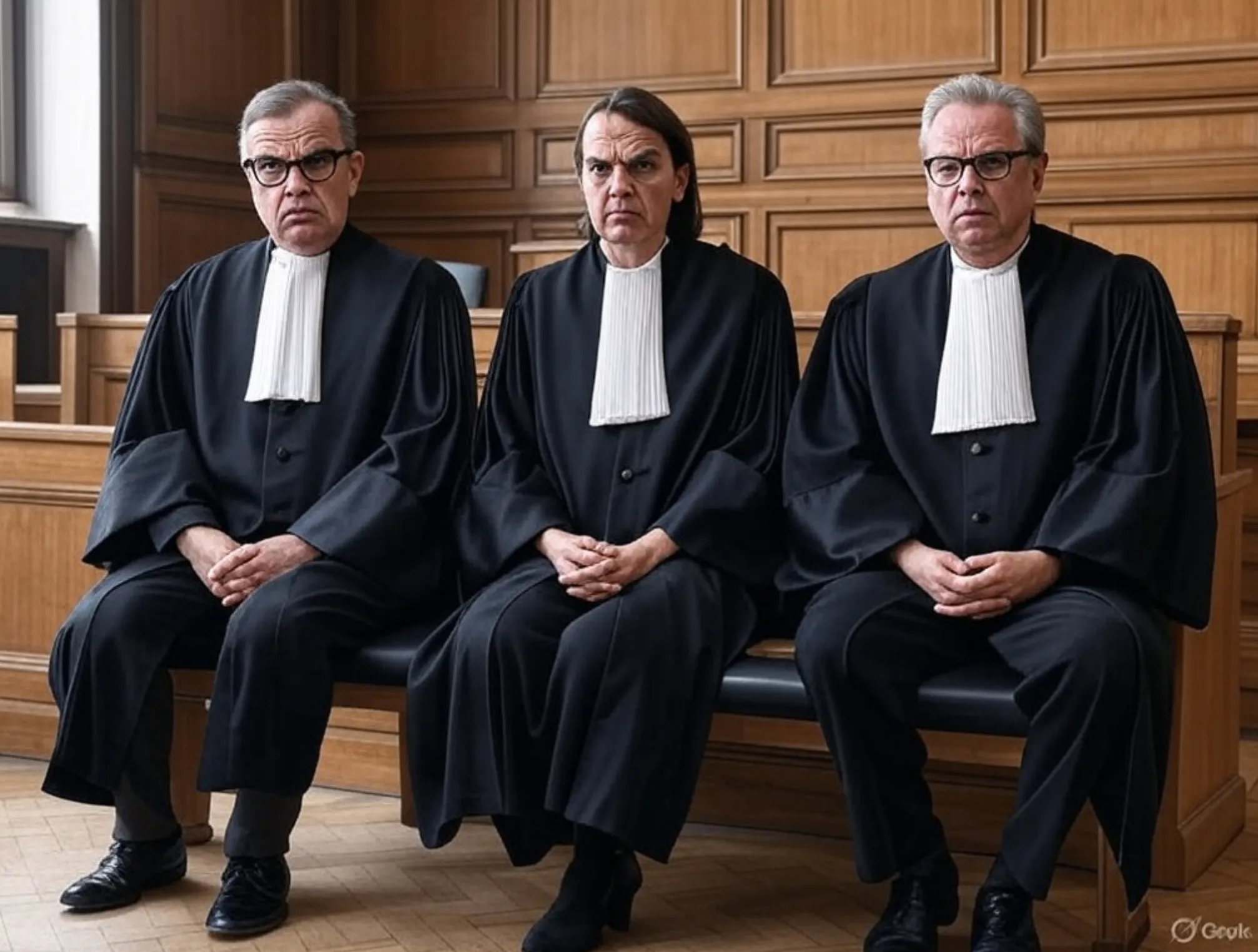'De progressieven van nu zijn de conservatieven van de 19e eeuw'

Het progressieve toekomstbeeld uit 1970 voor 1980
Oorspronkelijk waren het de progressieven die vol hoop naar de toekomst keken, vol verwachtingen gebaseerd op hun maakbaarheidsdenken: dankzij de progressie van de wetenschap en onder de juiste sociale en economische omstandigheden zou de mensheid zich bevrijden van zijn hebzucht en eindelijk vrij, vredig en gelukkig zijn. Nu, een halve eeuw na de jaren zestig zijn de progressieven juist het meest angstig voor de toekomst van allemaal. Dit terwijl juist een hoop zaken waar de progressieven van vroeger slechts van konden dromen werkelijkheid geworden zijn. De verklaring voor deze paradox: de angstzaaiende milieulobby. Aldus Fred Siege in een zeer lezenswaardige column op City Journal:
If one were to pick a point at which liberalisms extraordinary reversal began, it might be the celebration of the first Earth Day, in April 1970. Some 20 million Americans at 2,000 college campuses and 10,000 elementary and secondary schools took part in what was the largest nationwide demonstration ever held in the United States. The event brought together disparate conservationist, antinuclear, and back-to-the-land groups into what became the church of environmentalism, complete with warnings of hellfire and damnation. Senator Gaylord Nelson of Wisconsin, the founder of Earth Day, invoked responsible scientists to warn that accelerating rates of air pollution could become so serious by the 1980s that many people may be forced on the worst days to wear breathing helmets to survive outdoors. It has also been predicted that in 20 years man will live in domed cities.
Siege beschrijft hoe progressieven in rap tempo een angstbeeld vormden waarin materiële voorspoed de grootste bedreiging van de aarde werd en heuse 'einde der tijden'-campagnes, die tot die tijd alleen door religekkies en andere waanzinnigen gevoerd werden, mainstream werden in de progressieve hoek. Van de overbevolkinghype eind jaren zeventig, via de angst voor De Bom in de jaren tachtig, naar de angst voor de opwarming van de aarde. De meest vergaande voorstellen zijn gedaan om alle drie de doemscenario's te voorkomen, maar de realiteit is geen van de voorgestelde drastische veranderingen is doorgevoerd en toch geen van de drie scenario's werkelijk is geworden. (Zie ook deze video van Matt Ridley.)
Siege vergelijkt de progressieven van nu met de conservatieven uit de 19e eeuw:
[A]merican liberalism has remarkably come to resemble nineteenth-century British Tory Radicalism, an aristocratic sensibility that combined strong support for centralized monarchical power with a paternalistic concern for the poor. Its enemies were the middle classes and the aesthetic ugliness it associated with an industrial economy powered by bourgeois energies.
(...)
Like the Tory Radicals, todays liberal gentry see the untamed middle classes as the true enemy. Environmentalism offered the extraordinary opportunity to combine the qualities of virtue and selfishness, wrote William Tucker in a groundbreaking 1977 Harpers article on the opposition to construction of the Storm King power plant along New Yorks Hudson River. Tucker described the extraordinary sight of a fleet of yachtsincluding one piloted by the old Stalinist singer Pete Seegersailing up and down the Hudson in protest. What Tucker tellingly described as the environmentalists aristocratic vision called for a stratified, terraced society in which the knowing ones would order society for the rest of us.
De progressieve wens is, aldus Siege, een grote, supranationale overheid die de middenklasse beteugelt op weg naar een lokaal, haast agrarisch bestaan, zonder dat dit de comfortabele levens van henzelf, de elites, bedreigt. Dezelfde wens als van de conservatieven uit de 19e eeuw.


